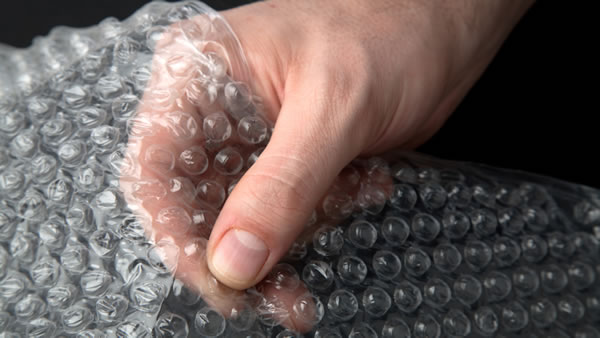
Back in my university days, I once freaked out some scientifically illiterate hippie friends by telling them that bubble wrap was a way for the military-industrial complex to cheaply dispose of nerve gas from the Gulf War (this was the early ’90s, so I was referring to the first one). “It’s diluted, but it’s still poisoned enough that each pop of a bubble takes away a second of your life,” I’d say, and then I’d start popping bubbles. Hilarity ensued.
The prank worked because it had the right elements: it fed into my friends’ science illiteracy, fit into their world view and conspiracy theories, and I started popping those bubbles well before they had any time to think a little more critically about what I’d just said.

A similar but harmful prank was played on a Burger King in Coon Rapids, Minnesota to more costly effect. They received a call from someone claiming to be the local fire department, telling them that a gas leak had “pressurized” the restaurant and the only way to prevent the explosion was to release the gas by smashing all the windows in the restaurant.
The manager, who’d been made “frantic” by the call (that’s the word used by the police), evacuated the restaurant and followed the instructions given to him, as the video below shows:
What helped make the con work was the supposed urgency of the situation. It didn’t give the manager time to think things through and come up with questions like:
- Why didn’t the fire department just tell them to evacuate the building?
- Do emergency services ever tell you to take some kind of drastic action instead of doing it themselves?
- Wouldn’t the act of simply opening the doors release the gas?
What also helped is the nature of the job. At fast food places, it’s drilled into you that you’re not paid to think, but to follow procedures and orders.
If you think this kind of prank will work only once, think again. It happened previously at Shawnee, Oklahoma…
…as well as Morro Bay, California, where an overzealous manager drove a car into the drive-thru window in order to release the “dangerous gas”: